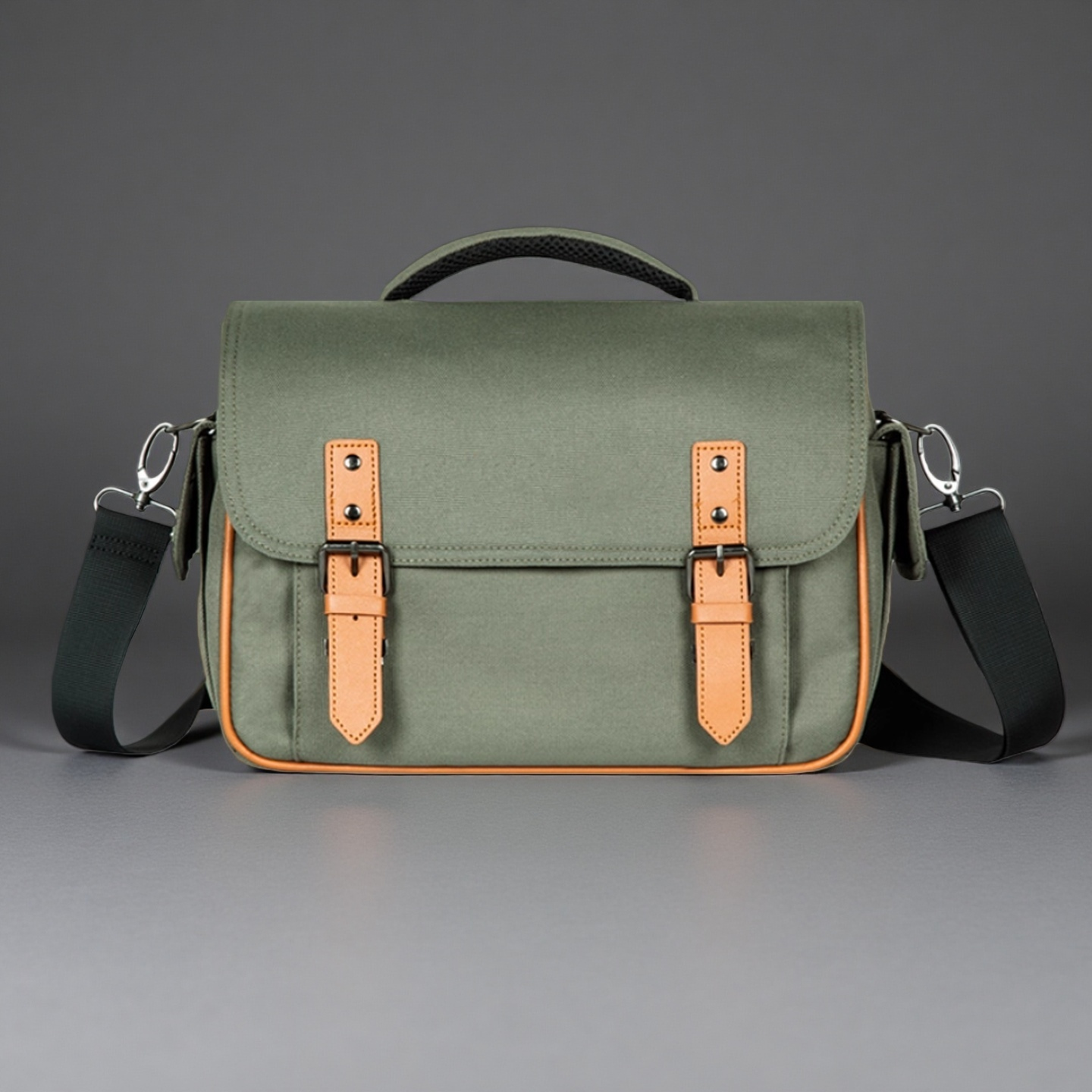
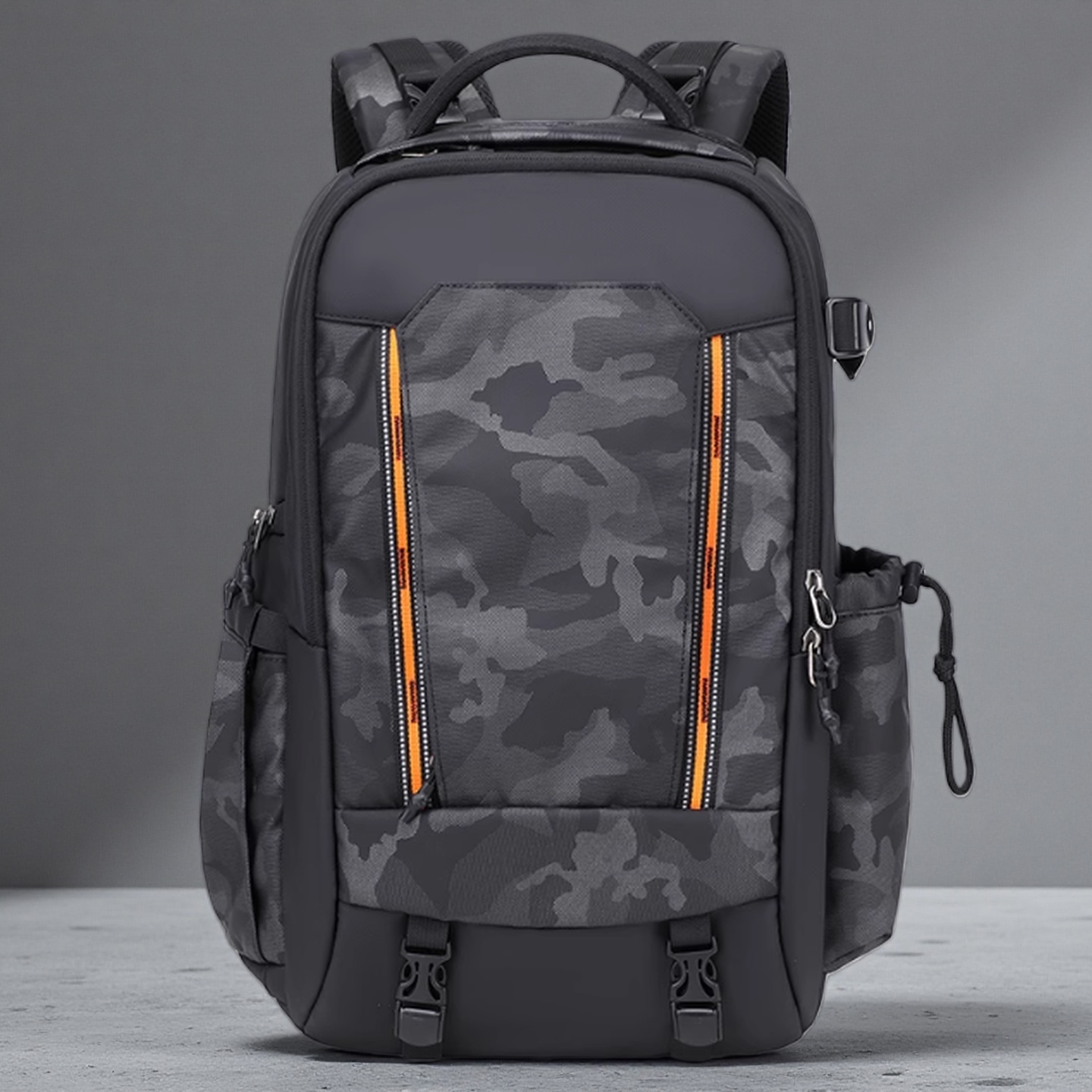
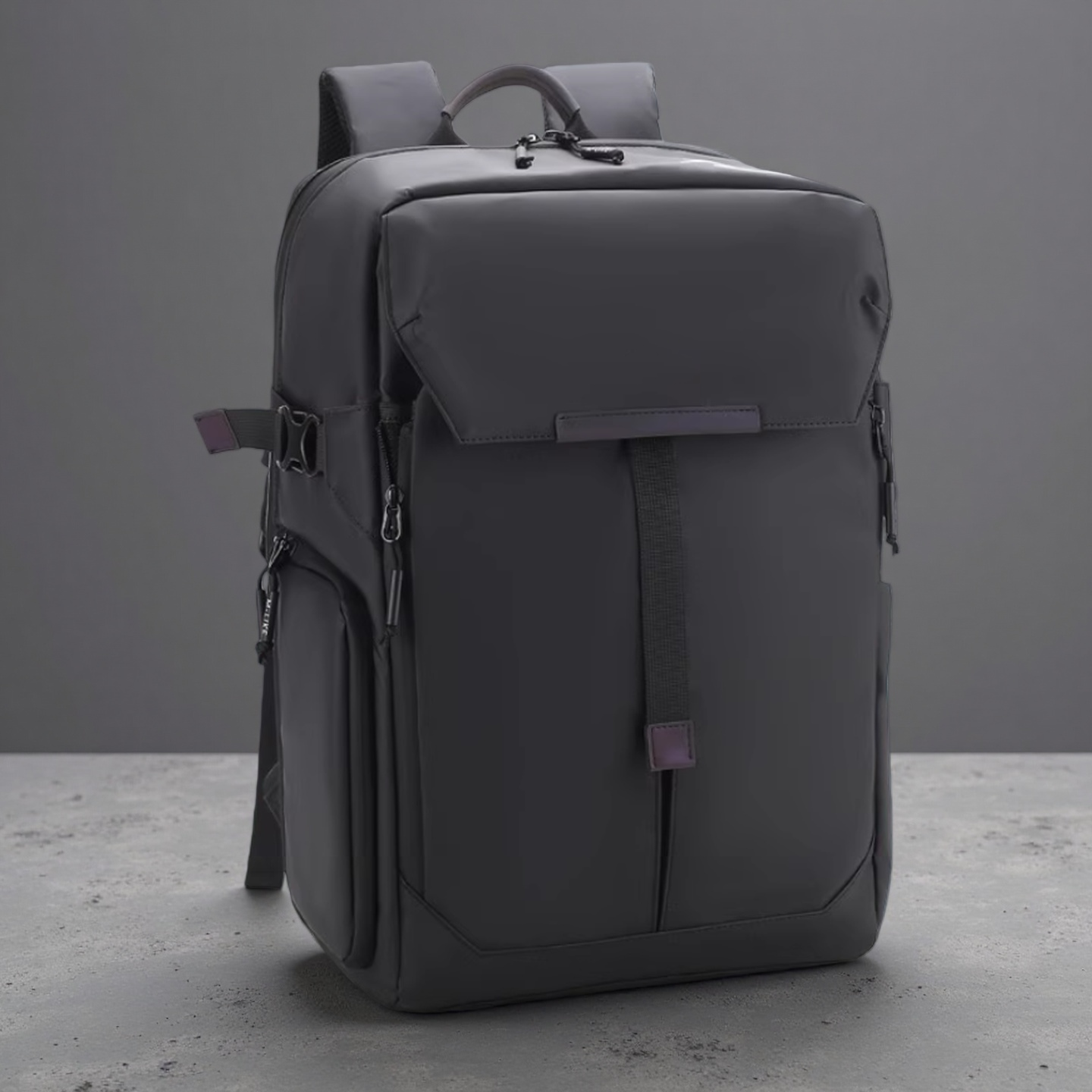
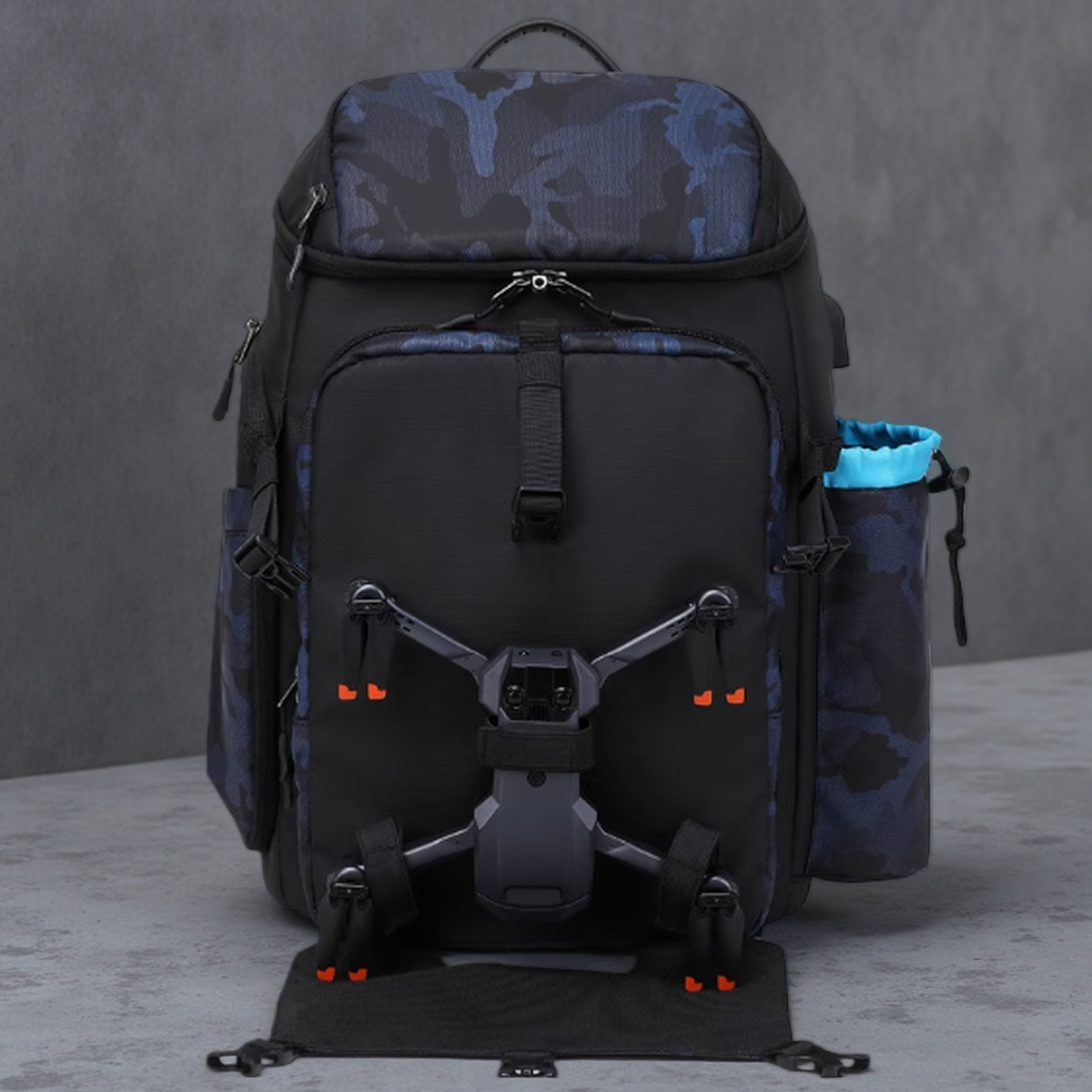




Amazon combines rational decision-making and visual-first shopping. You’ve probably noticed: two similar PU crossbody bags or commuter backpacks can have wildly different results—one sells 5,000+ units/month, while others flop. The secret isn’t just ads—it starts with design thinking.
Here’s Osamic’s proven 5-step framework (used by brands balancing volume sales and brand identity):
5,Modular Product Development

Amazon shoppers care less about “trendy” and more about:
Action Plan:
Reverse-engineer their pain points: Laptop storage? Weight distribution? Theft-proof features?
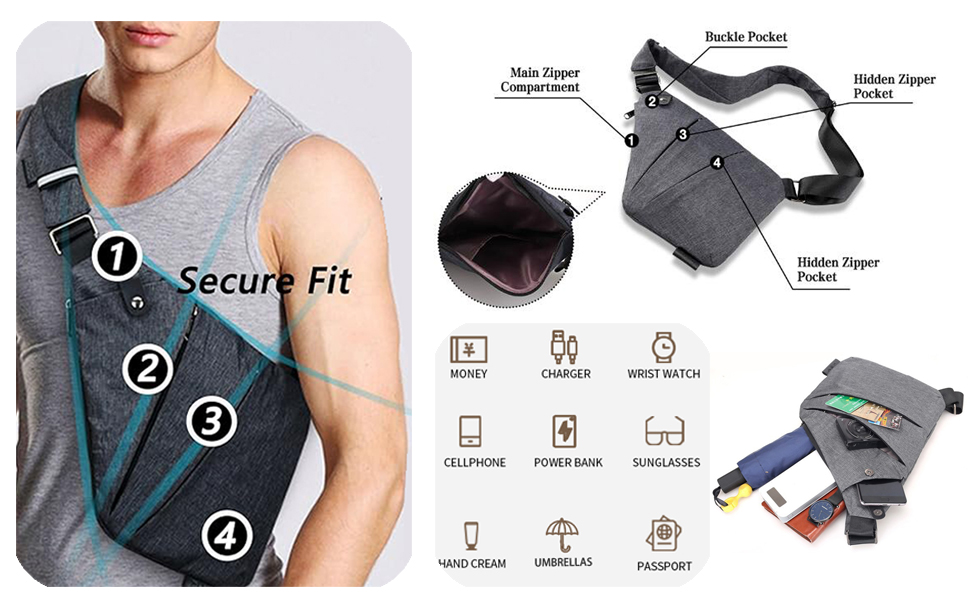
Case Study:
A North American seller redesigned a tote bag with hidden anti-theft zippers and ergonomic widened straps—sales quintupled by addressing safety and comfort.
Analyze top 20 rivals to find visible flaws, not to copy:
Case Study:
A crossbody bag’s zipper angle and side pocket placement were tweaked for one-handed access—resulting in a 23% boost in 5-star reviews.
Redesign around high-frequency actions:
Add intuitive details: magnetic closures, padded structures, snap buckles.
Case Study:
A waist bag’s bulky flap-and-buckle design was replaced with magnetic lift-and-go—conversion rates jumped 40%.
Amazon shoppers scroll fast. Your main image must:
Instantly communicate core benefits
Use lifestyle context (e.g., show bags in office/outdoor scenes)
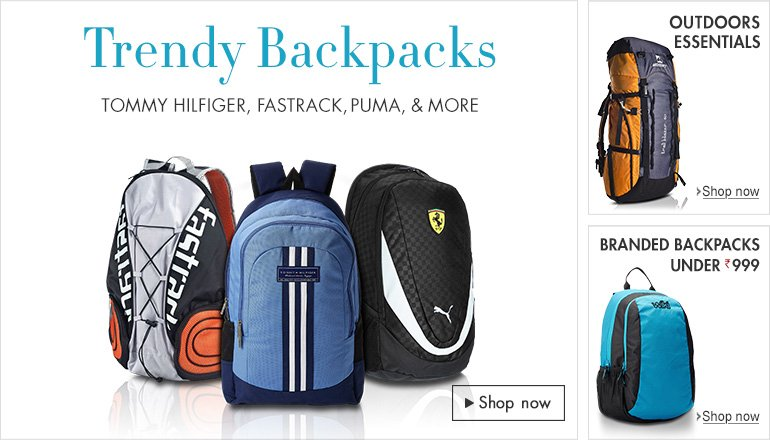
Case Study:
A brand overhauled product visuals to emphasize durable stitching and waterproof zippers—CTR increased 34% in 2 weeks.
Build a flexible system:
Keep a unified style (minimalist, tactical, business)
Case Study:
A backpack brand used a base “crossbody module” to launch 3 variants: urban minimalist, outdoor-ready, business-travel—tripling inventory turnover.
To learn more about the latest news in the backpack industry, please stay tuned to us.